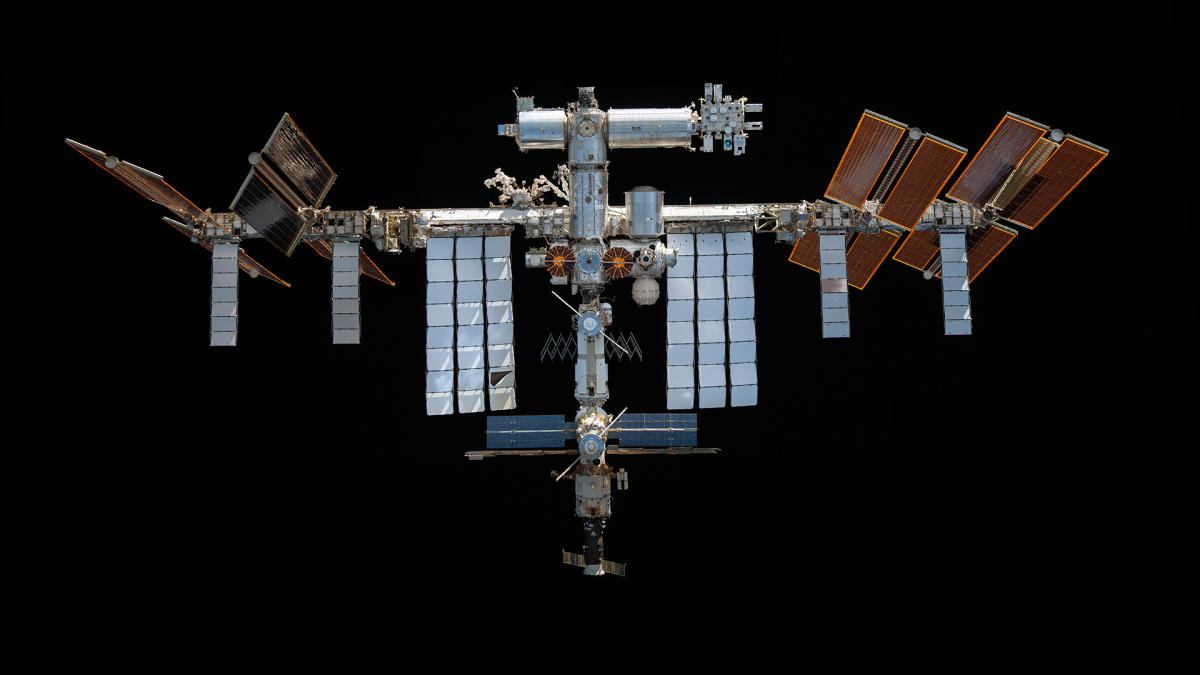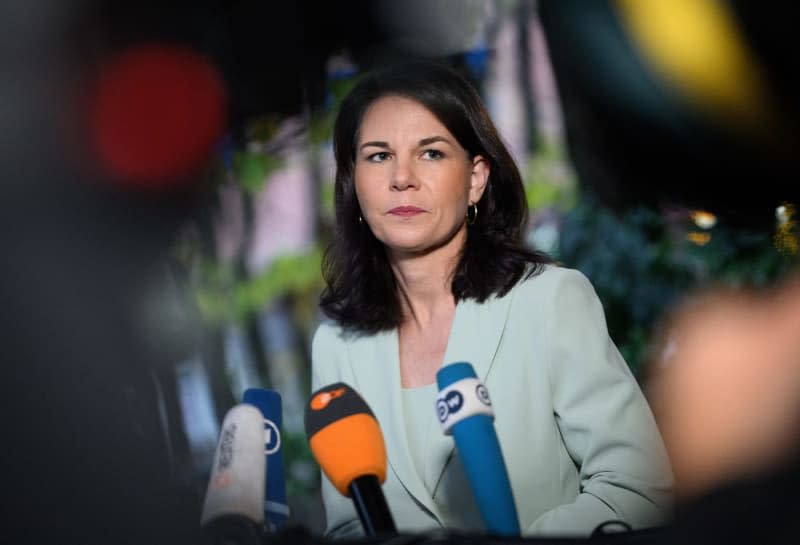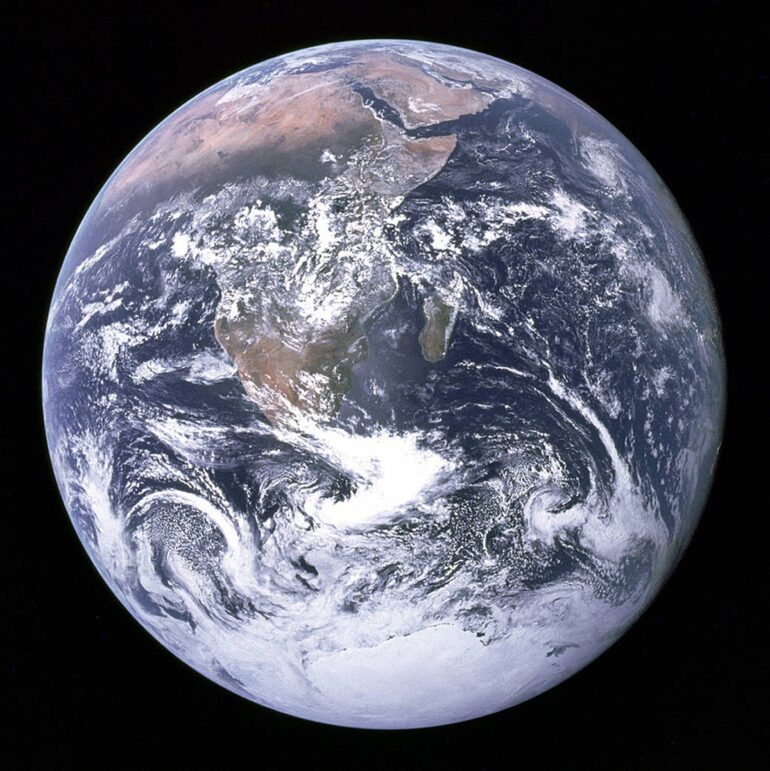
NASA has recently been worried about a leak in the Russian section of the International Space Station (ISS), but the crew might be hoping to vent a little more air from the station. NASA says that a Russian cargo vessel docked to the Poisk module over the weekend carrying more than its assigned cargo—it also brought an unpleasant odor to the ISS.
The smelly Progress 90 resupply spacecraft reached the ISS on Nov. 23. Shortly after opening the hatch to unload cargo, the Russian crew noticed a strong odor and mysterious droplets drifting through the air. The crew immediately resealed the hatch and began an investigation.
NASA has sought to allay any concerns, noting that ISS atmospheric quality is monitored constantly. A network of sensors around the station reported that air scrubbers had returned air quality to normal by Sunday. NASA also stresses that there is no danger to the crew, and they are working on a plan to reopen the hatch.
Advertisement
Advertisement
While the incident is currently being downplayed, there are hints that the smelly capsule was taken more seriously onboard the station. According to Russian Space Web, cosmonauts donned protective gear after opening the hatch after describing the smell as “toxic.” Air filtration systems were also activated on the American and Russian sides of the station. US astronaut Don Pettit reportedly noticed a “spray paint-like” smell in parts of the station after the Progress vehicle was opened. That suggests a volatile organic compound of some sort.
This is the latest in a series of issues for Russia’s space station operations. In 2023, a Russian Soyuz spacecraft docked at the ISS sprang a coolant leak, forcing Roscosmos to delay crew rotations and send up a new vehicle to replace the leaky one. And the leaks aren’t limited to transportation hardware. Later in 2023, the Russian Nauka ISS module suffered from its own coolant leak.
Russia is also continuing to study leaks in the Zvezda module of the ISS. In early 2024, the leaky module was losing less than one pound of atmosphere per day. By the middle of the year, the loss had increased to 3.7 pounds daily. The crew has identified four cracks and several other areas of interest. So far, efforts to seal the leaks are working, with the leaks now decreasing in severity.
Neither NASA nor Roscosmos have elaborated on the source or nature of the leak. Ars Technica notes that Rosocomos has been deprived of staffing and funding in the face of Russia’s expensive and protracted war in Ukraine has drained resources from other parts of the Russian government. This could increase the likelihood of incidents like leaky and smelly spacecraft.
EMEA Tribune is not involved in this news article, it is taken from our partners and or from the News Agencies. Copyright and Credit go to the News Agencies, email news@emeatribune.com Follow our WhatsApp verified Channel





